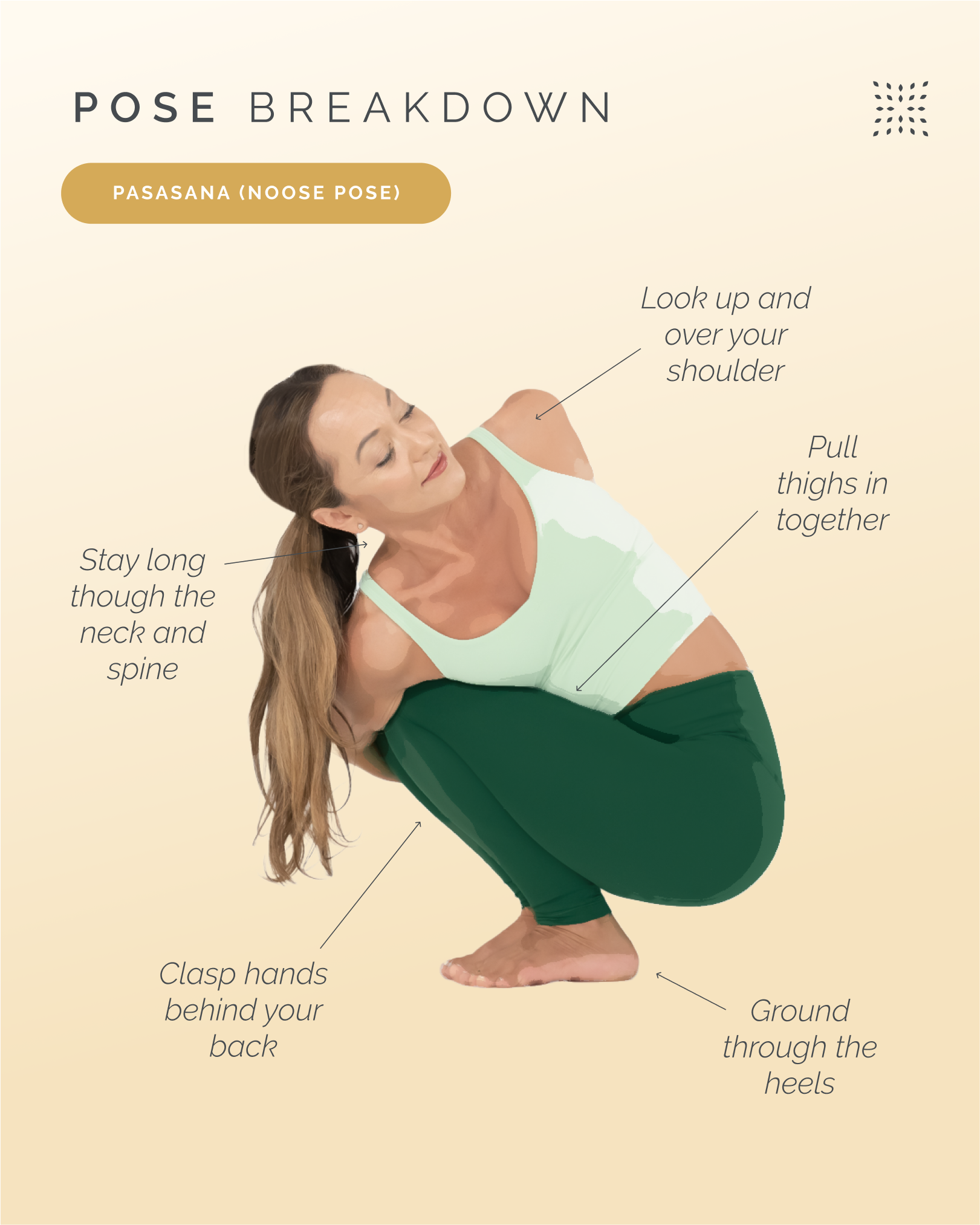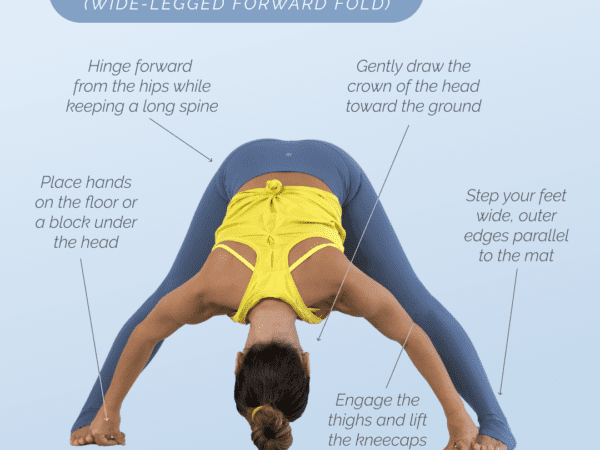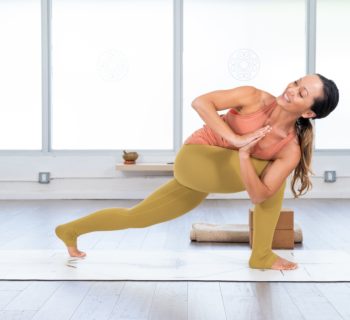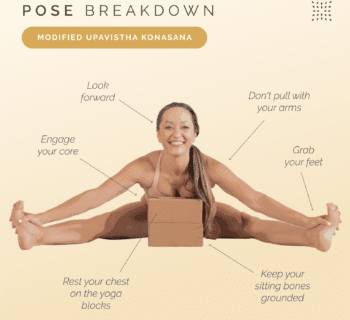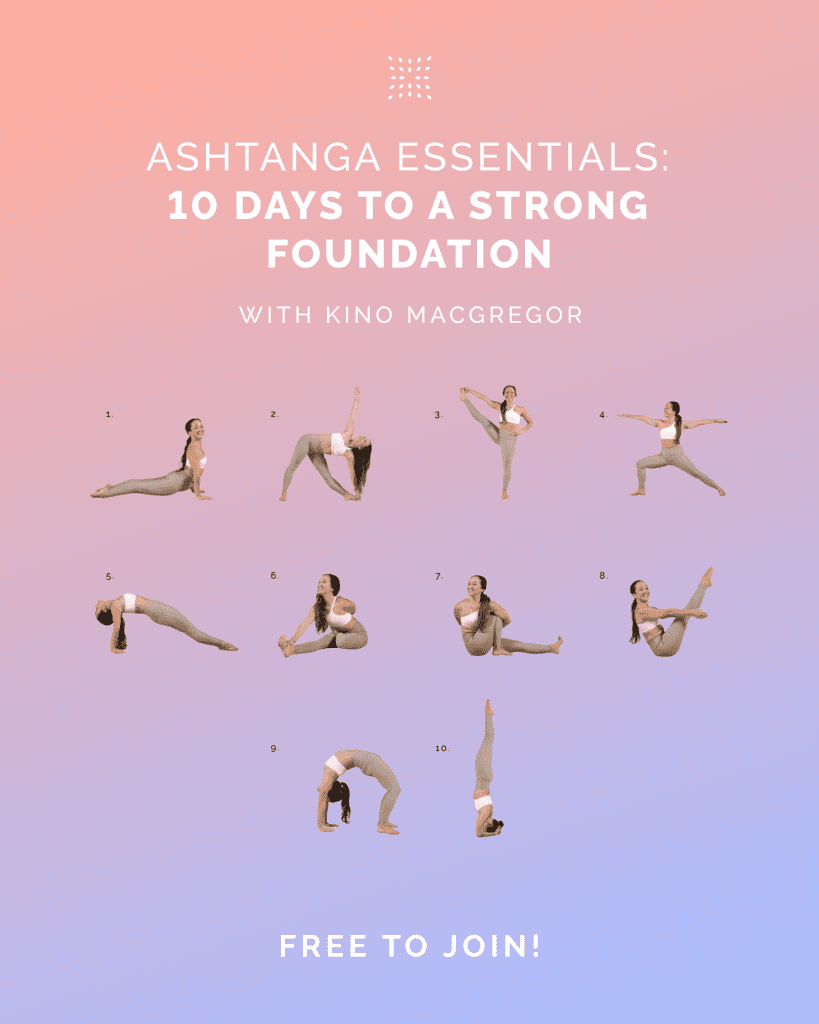Yoga is more than just stretching—it’s a practice of presence, strength, and subtle transformation. Among the many poses that challenge both body and mind, Pasasana, or Noose Pose, stands out as a deep, detoxifying twist that requires balance, flexibility, and focus. Though often overlooked, this powerful asana supports spinal health, aids digestion, and builds strength from the ground up.
Let’s take a closer look at how to safely practice Pasasana, along with its benefits, modifications, and tips for making the most of this intense yet rewarding pose.
What is Pasasana (Noose Pose)?
The word Pasasana is derived from Sanskrit:
- “Pasa” means noose or snare
- “Asana” means pose or posture
In this posture, the arms loop around the legs like a noose while the body is rooted in a deep squat and twisted to one side. This bind-like form not only challenges physical flexibility, but also symbolizes the practice of wrapping inward—centering the mind and detoxifying the body.
Benefits of Practicing Pasasana
Pasasana offers a variety of physical and mental benefits, making it a valuable addition to your yoga routine:
- 🔄 Aids Digestion: The deep abdominal twist stimulates the internal organs, improving digestion and supporting detoxification.
- 🌀 Cleanses the Body: Encourages elimination and detox by compressing and releasing the abdominal area.
- 🧘 Improves Spinal Mobility: Promotes a healthy, flexible spine through a supported twist.
- 🦵 Strengthens the Lower Body: Holding a squat strengthens the ankles, calves, and thighs.
- 🫁 Expands Lung Capacity: Twisting opens up the chest and allows for deeper breathing.
- 🧠 Enhances Balance & Focus: The pose demands concentration and coordination, sharpening mental clarity.
How to Do Pasasana (Step-by-Step)
1. Start in Tadasana (Mountain Pose)
Stand tall with feet together. Ground down evenly through your feet and engage your core.
2. Move into a Deep Squat
Bend your knees and lower into a full squat. Keep your heels grounded and feet and knees together if possible. If the heels lift, place a folded blanket or yoga block beneath them.
3. Twist Your Torso
Turn your torso to the right—unless you’re practicing Second Series Ashtanga Vinyasa, in which case you’ll twist to the left first. Wrap your left arm around your right shin and reach your right arm behind your back, working toward clasping your hands.
💡 Tip: If you can’t reach, use a yoga strap to connect your hands and work toward a full bind over time.
4. Hold the Pose
Keep your chest lifted and spine long. Breathe deeply, focusing on expanding your lungs and deepening the twist with each exhale. Hold for at least five full breaths.
5. Repeat on the Other Side
Slowly release the bind, return to center, and repeat the twist on the left side.
Modifications & Props for Support
Pasasana is a challenging pose, especially for beginners. Props can make it more accessible:
- 🧘♂️ Use a Strap: If your hands don’t meet, loop a strap around your wrist or fingers.
- 🧱 Support Your Heels: Place a folded blanket or block under your heels to maintain balance.
- 🪑 Practice in a Chair: A chair can offer support while building the strength and flexibility needed for this pose.
Precautions & Contraindications
While Pasasana offers deep benefits, it’s not suitable for everyone. Avoid this pose if you have:
- Knee or ankle injuries
- Herniated discs or severe spinal conditions
- Recent abdominal surgery
✅ Tip: Always warm up first with gentle twists and hip openers before attempting Pasasana.
Tips for Progressing in Pasasana
- 🔄 Practice Other Twists: Poses like Ardha Matsyendrasana (Half Lord of the Fishes Pose) help develop spinal flexibility.
- 🧍 Improve Squat Mobility: Regular practice of Malasana can help increase hip and ankle flexibility.
- 🧘 Be Consistent: Like many deep poses, Pasasana rewards patience and regular practice.
Final Thoughts
Pasasana is more than a physical twist—it’s a pose that invites you to turn inward, breathe deeply, and reset. With consistent effort and mindful attention, it can enhance your flexibility, detoxify your body, and build focused calm from within.
So next time you step onto your mat, consider including Pasasana in your practice. With each twist, you’ll find new space—inside and out.


